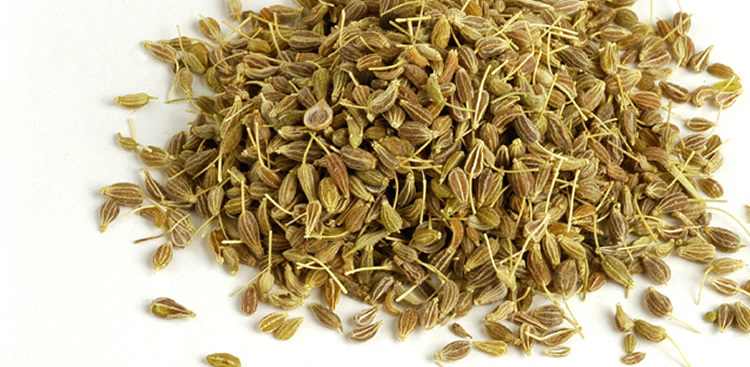
The plant in native to Oriental Mediterranean and occidental Asia.
The name is due to latin "asinum", which derives itself from Greek "Anison" or "Anneson", often confused with "Aneto", called in greek "Aneton".
In the cousin of some oriental countries as India, Iran and Indonesia, they don't use to distinguish between anise and fennel: to both products is generally given the same name, or sometimes, they are differentiate with an epithet: in India, "saunf" indicates the fennel called also "patli saunf" (thin fennel) while anise, considered a foreign product, is called "vilayati saunf" (foreign fennel).
In occidental cousin, the anise, is mainly used for bread and cakes, only occasionally is used to aromatize fruit taste products. Anise seeds is sometimes used in spice mix for sausages and stews.
The main use in not-Mediterranean countries regards anise aromatize liquors such as Raki in Turkey, Ouzo in Grece and Pernod in France.
The essential oil aroma (3% of the fruit) is called trans-anetholo (max 905). Other components are estragol (iso-anetholo 2%), anise aldehyde (< 1%), anise alcol, p-methoxy-acetophenone, pinene, limonene. An unusual component is the phenol ester 4-methoxy-2-(1-propene-yl)-phenol-2-methyl-butyrate, which is characteristic in anise (5%).
In the literature there are signs regarding that anise, in particular of Italian origin, could contain small quantities of very toxic hemlock fruits.
This advice seems to be out of date: probably no one will experience Socrate's death after anise biscuits tasting.